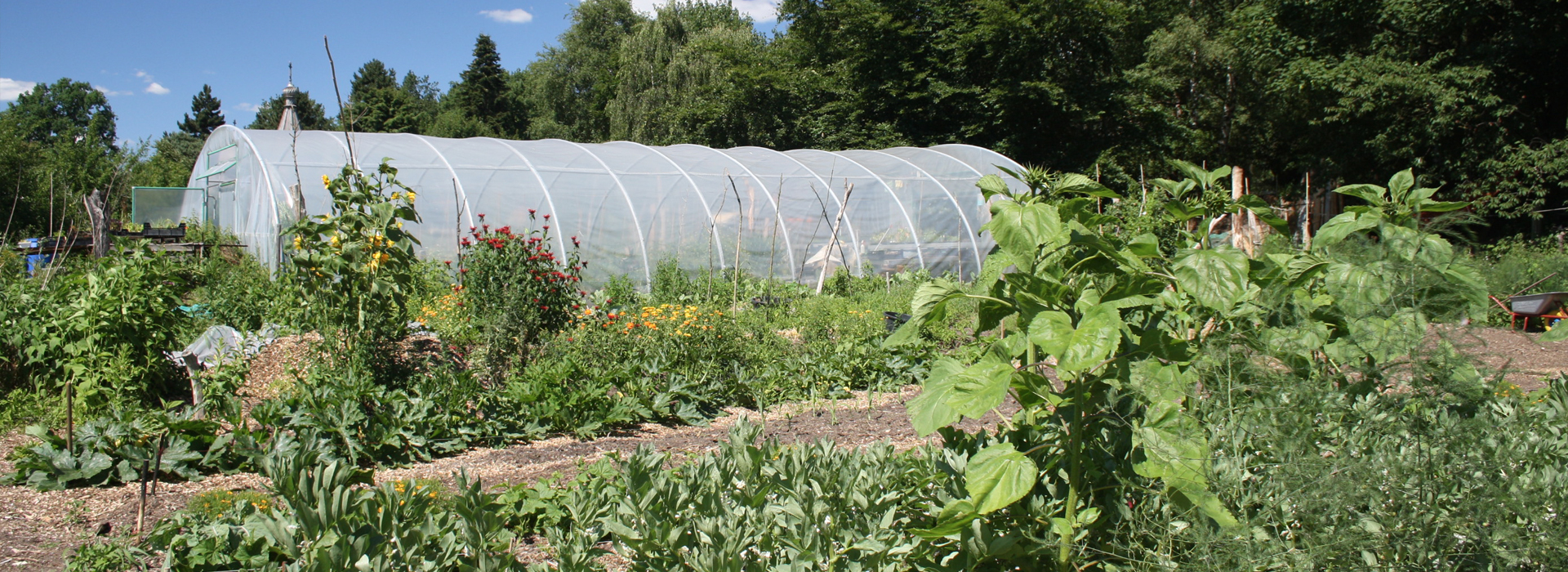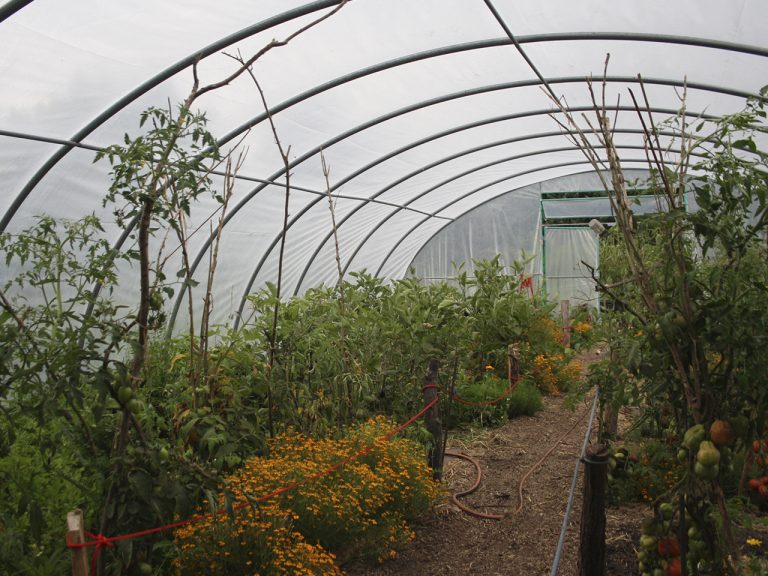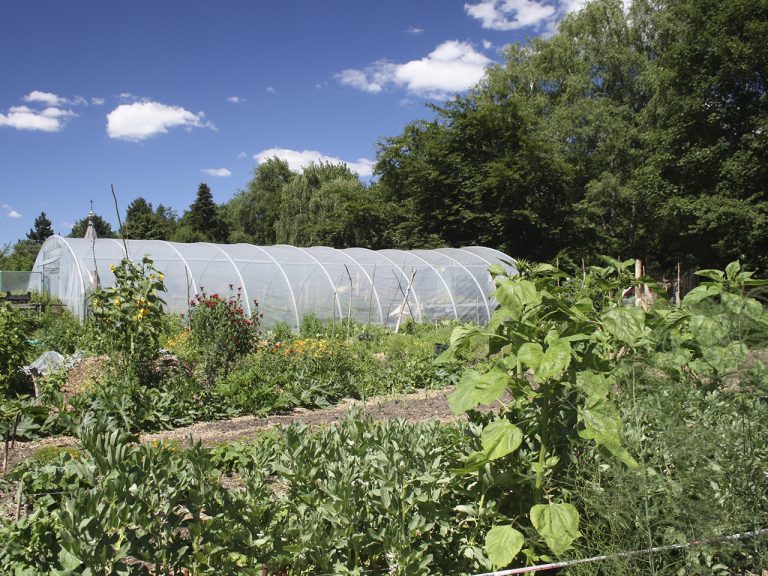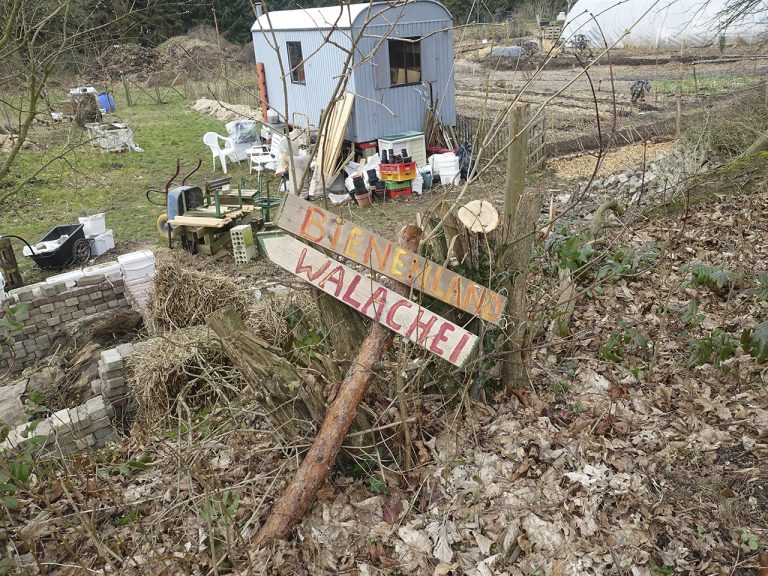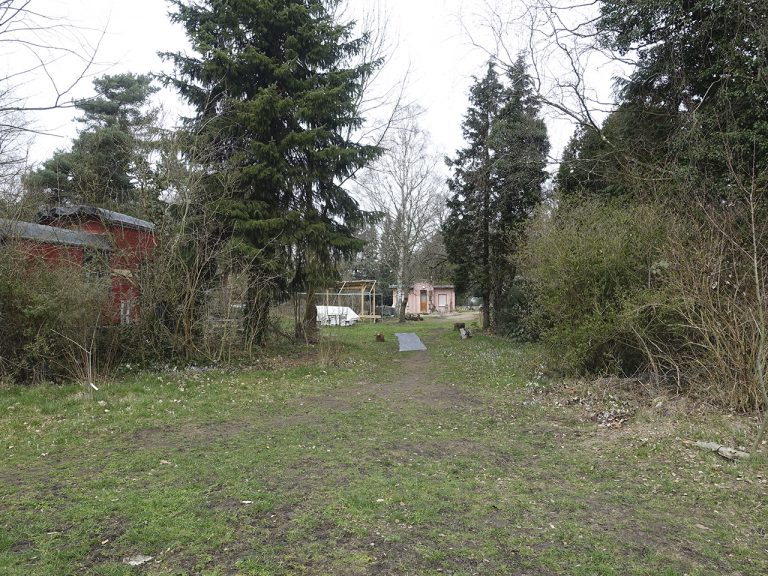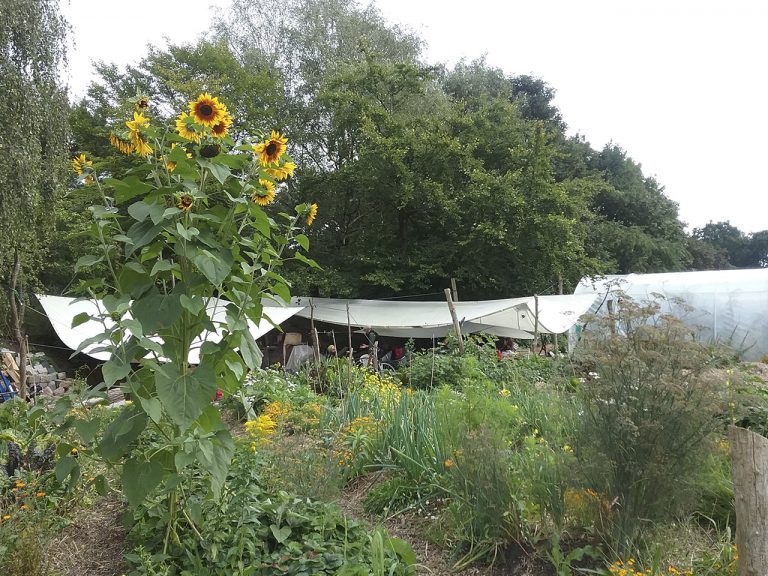Joint sustainable food crop production following permaculture principles.
“Since the operation of the permaculture garden is very time-consuming and labour-intensive, good agreements between the garden users are necessary. Because of the many hours working together the users and helpers get to know each other better.”
Description of the activity
There is a group of people who are engaged in vegetable cultivation according to the rules of permaculture, which means that “they work with nature and not against nature”. There is no use of pesticides or fungicides, and no use of artificial fertilizers. Plant production is carried out with green manure and natural materials as well as with suitable plants. Everything fits together and also protects against pests. Water is also managed in such a way that it corresponds to the natural conditions. As it is one of the most labour-intensive activities of the whole community garden, the help of the refugee family and other garden users becomes very valuable. The harvested vegetables are almost exclusively used for common cooking activities in the community garden or for the helpers of the garden itself. Surpluses are also distributed within the church community.

 English
English  Deutsch
Deutsch  Español
Español  Svenska
Svenska 